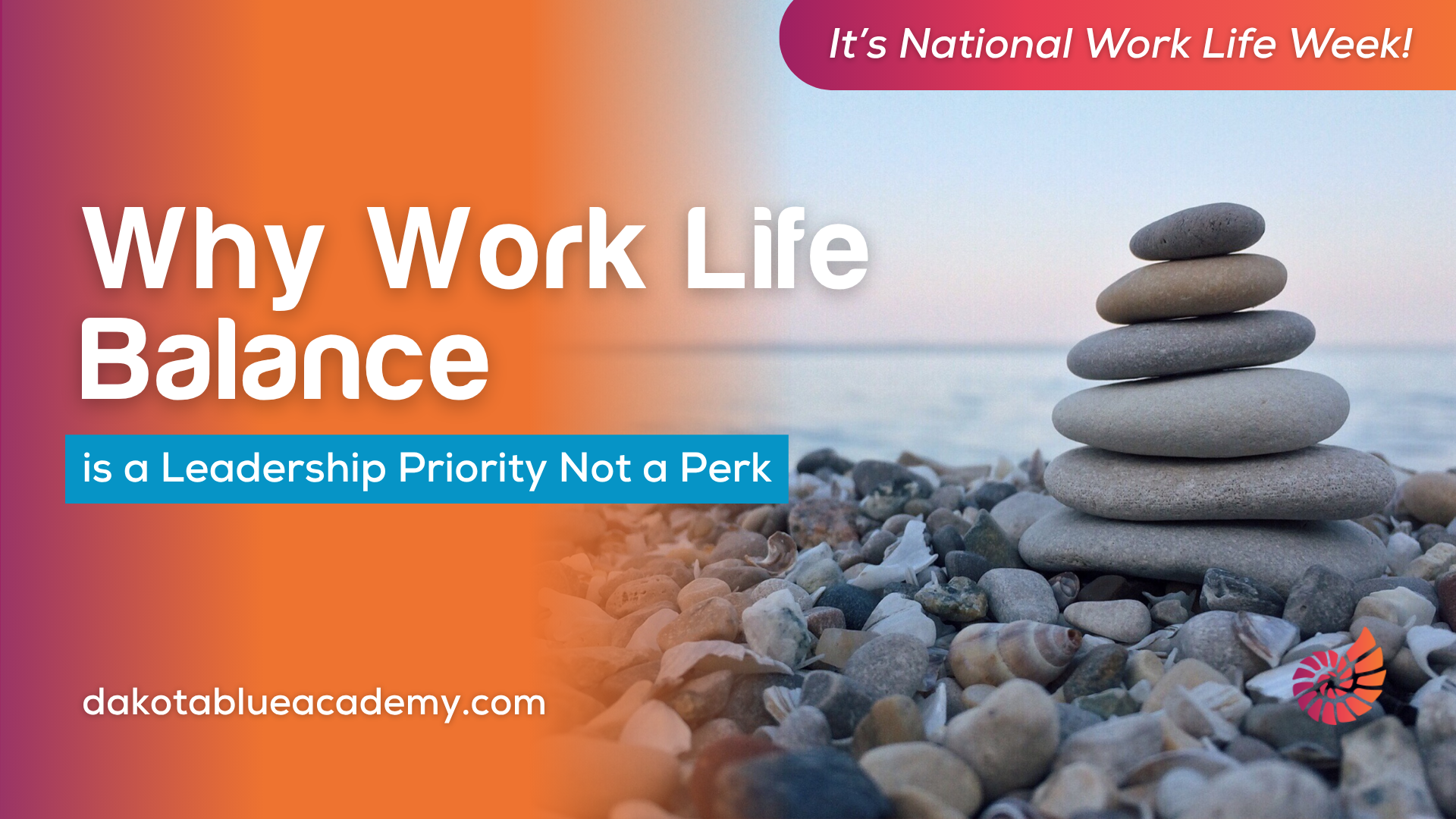
Why Work Life Balance is a Leadership Priority for SMEs
6th October 2025
National Work Life Week (6–10 October) is a reminder that balance at work is not a “nice-to-have” benefit, it’s a leadership responsibility. For small and medium-sized businesses, where every person counts, getting this right can be the difference between keeping your best people or losing them to burnout and disengagement.
Too often, work life balance is treated as a perk, something employees must “earn” or fit around business demands. But in reality, it’s the foundation for sustainable performance, engagement and loyalty. Leaders set the tone and your approach to balance tells your team how much you value them.
Why SMEs Can’t Afford to Ignore It
Retention matters because replacing talent is both costly and disruptive to a business. When organisations actively support work-life balance, employees are less likely to leave, reducing turnover and preserving valuable skills.
Engagement also plays a critical role in driving results. Employees who feel balanced bring greater energy, creativity and focus to their roles, which directly impacts performance and productivity.
Finally, culture starts at the top. If leaders fail to set the example and “walk the talk,” employees will not believe that balance is truly supported, making it essential for leadership to model the behaviours they expect to see in their teams.
Practical Steps Leaders Can Take Today
Set clear boundaries
Encourage sensible working hours. Avoid sending late-night emails or creating an “always-on” culture. If you do find yourself having to work late, set your emails and messages to be sent during working hours.Role-model balance yourself
Take breaks, finish on time when possible and show that you value life outside of work. People copy what leaders do, not what they say.Review workloads regularly
Schedule quick check-ins to spot when someone is overloaded. Redistribute tasks before stress becomes burnout.Be flexible where you can
Flexible start and finis times or occasional home working can go a long way, especially in smaller teams.Celebrate outcomes, not hours
Focus on results rather than presenteeism. When people know they’re judged on impact, not screen time, they feel trusted.
Reflect on Your Practices
When leaders treat work life balance as a priority, they don’t just protect employee wellbeing, they strengthen the whole business. National Work Life Week is the perfect time to reflect on your own practices and commit to making balance part of your leadership style.
At Dakota Blue Academy, we’ve developed resources to help small business leaders implement work-life balance through practical policies, as well as engagement and retention guides. Our materials provide the tools you need to build a healthier, more engaged workplace.
Explore more with Dakota Blue Academy today.


